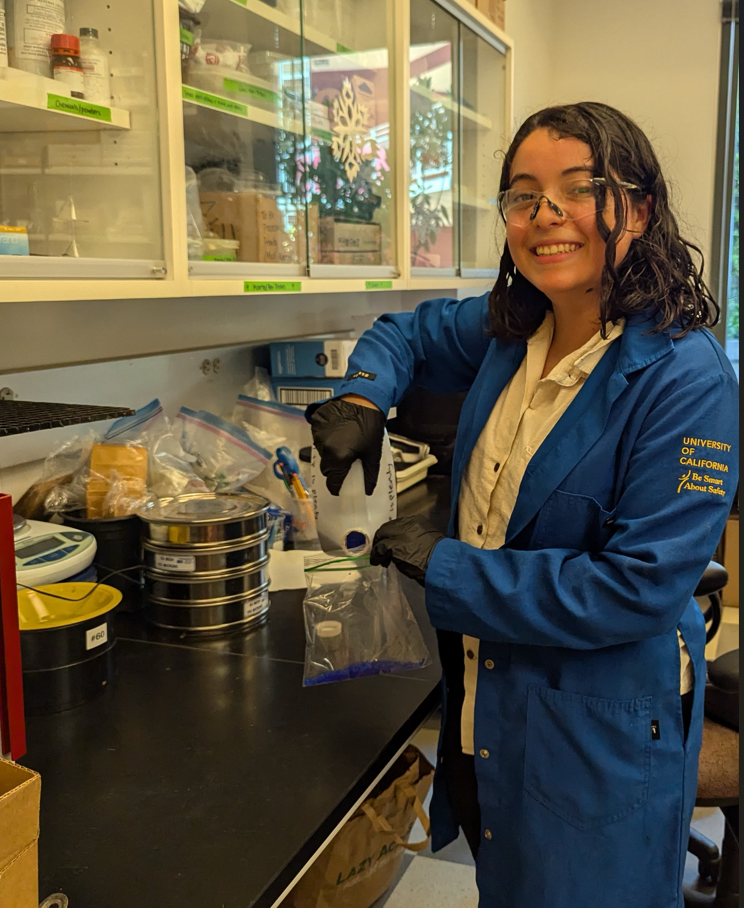
When an invasive species is introduced to an area inhabited by native species of the same genus, hybridization can lead to the loss of native genes. In the context of climate change, the resilience of ecological communities relies on the continued health and genetic diversity of foundational species. In California, sycamores (Platanus racemosa) are drought-tolerant foundational trees that provide important wildlife habitat and ecosystem services. However, the introduction of a non-native ornamental species (Platanus × hispanica) to the region has led to hybrid trees that may not serve the same ecological function as the native species. Despite the presence of older native sycamores, it is unknown whether trees used in restoration efforts and those naturally recruited within riparian and coastal environments are truly of native lineage. This stunts restoration efforts to restore the ecological balance provided by the native trees. The goal of my project is to evaluate temporal trends in hybridization and identify pure native sycamore populations to guide future restoration projects in riparian and coastal areas of California. To do so, I identified and mapped representative sycamore trees in the areas surrounding UCSB, collected leaf samples and tree cores from these trees. Then, I extracted DNA from leaf samples using the DNEasy Plant Pro Kit for genomic sequencing. Future steps include using genomic data to identify pure native trees, propagating cuttings of pure native trees, and growing a restoration stock in UCSB greenhouses for use in restoration projects.